Your vital organs—screened
Scan your body for potential cancer and 500+ conditions in up to 13 organs.




Our scan is designed to















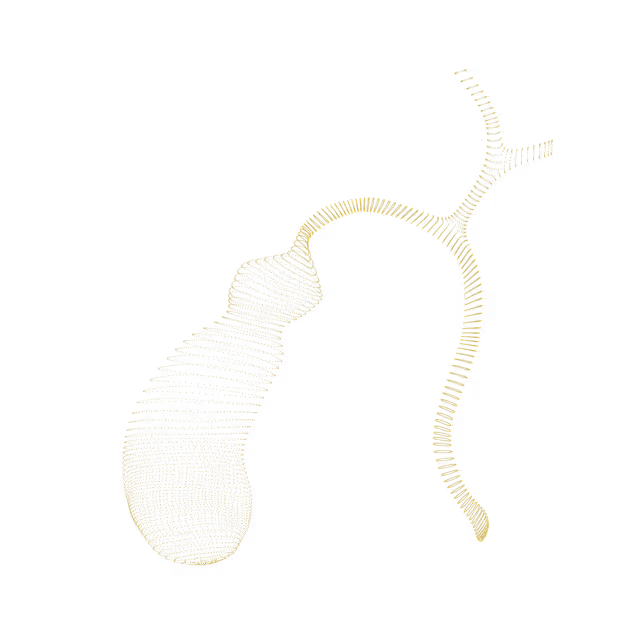
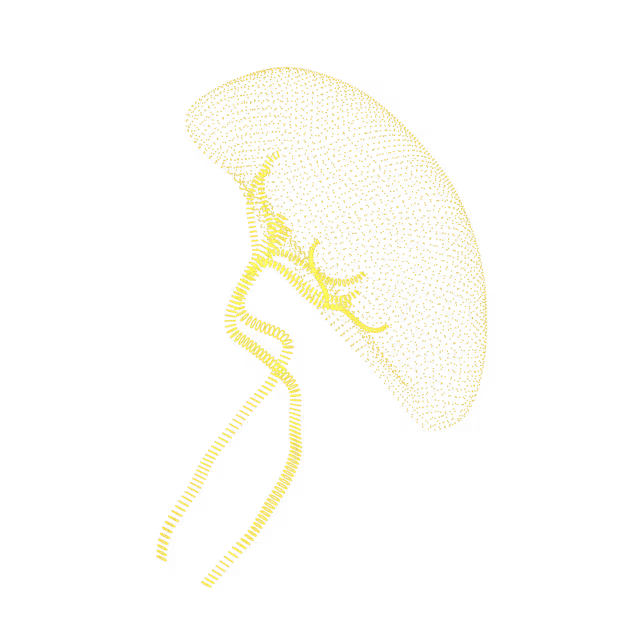

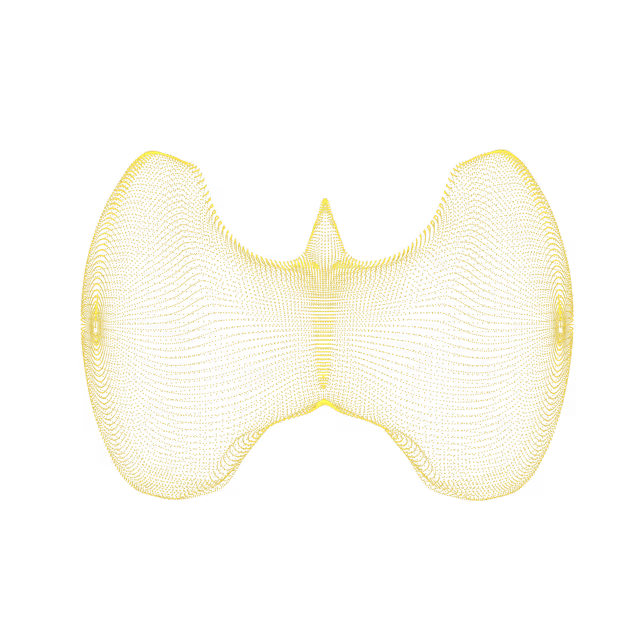

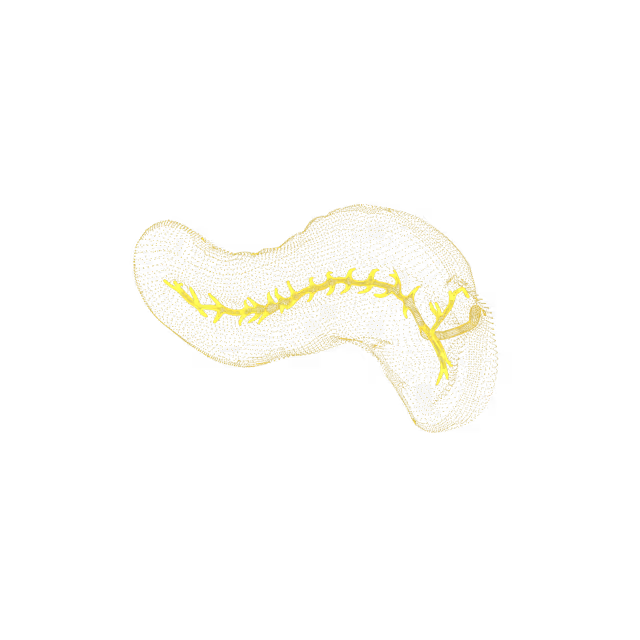
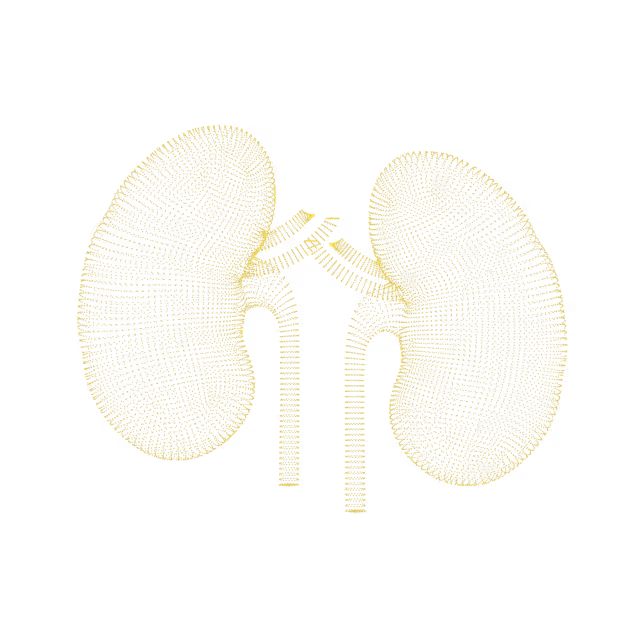
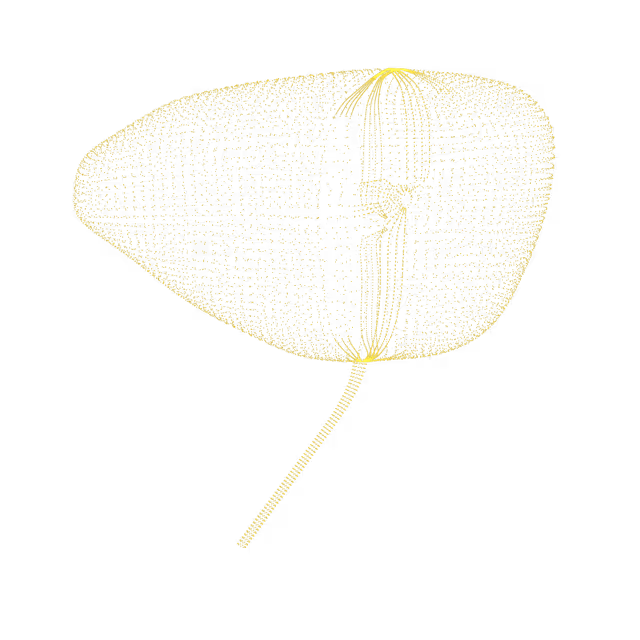
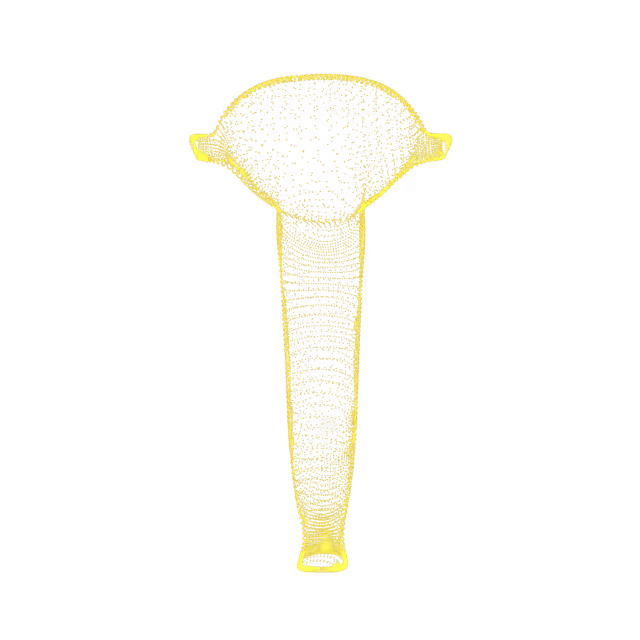
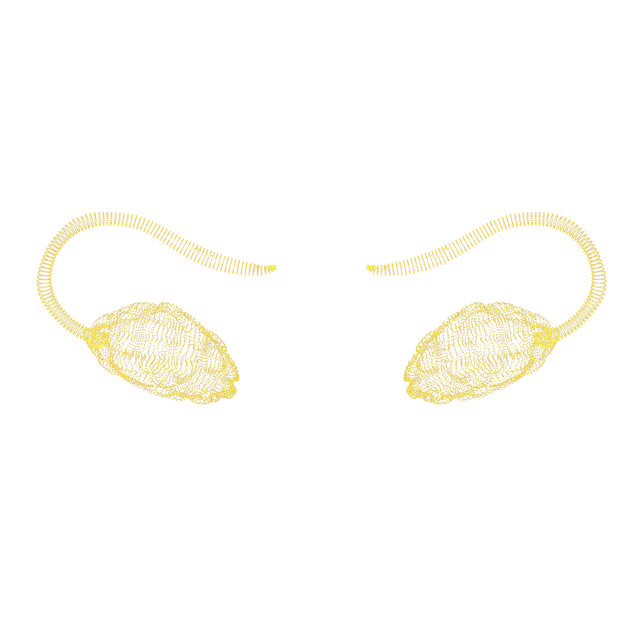
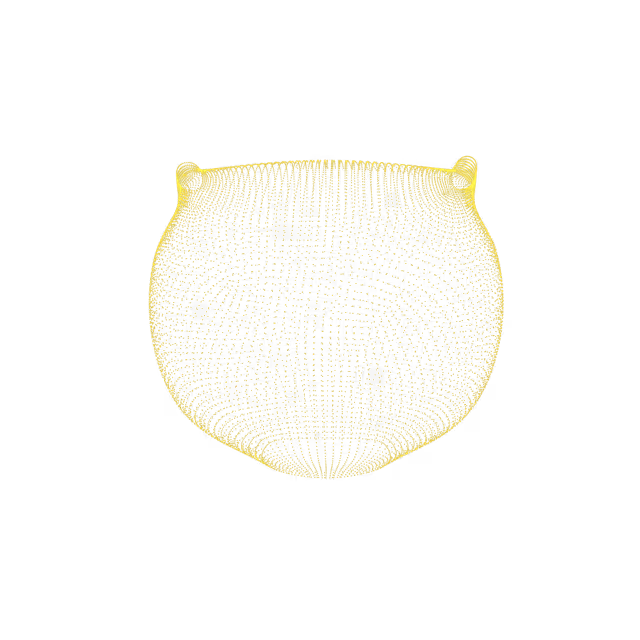

Biliary cystadenomas are rare, slow growing, benign (non-cancerous) liver lesions. Biliary cystadenomas may be asymptomatic (do not cause symptoms) or may cause symptoms of pain and/or a palpable lump in the right upper abdomen, abdominal swelling and/or distention, epigastric fullness, and nausea.
The liver contains bile ducts which carry bile, a fluid that helps the digestion of fats, into the intestines. Liver hamartomas are dilated cystic bile ducts. It is usually asymptomatic (does not cause symptoms) and benign (non-cancerous),
Small liver cysts are pockets of fluid and usually cause no signs or symptoms and need no treatment. Liver cysts that are not causing symptoms and are found incidentally (unintentional finding when looking for something else) are usually not at risk of becoming malignant (cancerous).
Hemangiomas are common, generally benign (non-cancerous), abnormal collections of blood vessels in the liver that usually do not require treatment. The cause of hemangiomas is unknown. Occasionally, larger hemangiomas (greater than 5 cm) can cause symptoms such as progressive right upper abdominal pain.
A complex liver cyst is a cyst (fluid pocket) with debris containing fluid, solid components (nodularity), internal walls (septations) and/or thickened walls.
Fatty liver occurs when too much fat accumulates in the liver. The most common causes of excess liver fat are alcohol intake and a poor diet (highly processed foods such as sugars, refined grains, fried foods, desserts and snack foods contribute the most to this).
Hepatic steatosis, commonly referred to as “fatty liver,” occurs when too much fat accumulates in the liver. The most common causes of excess liver fat are alcohol intake and a poor diet (highly processed foods such as sugars, refined grains, fried foods, desserts and snack foods contribute the most to this).
Fat fraction indicates the percent of cells within the liver that are fat cells. Fat fraction does not indicate whether someone has cirrhosis (scarring of the liver).Mild fatty liver = fat fraction of 5 - 15%Moderate fatty liver = fat fraction of 15 - 30%Severe fatty liver = fat fraction greater than 30%
Sometimes a specific portion of the liver can have more fat than normal. It is unclear what causes this finding, but changes in blood flow has been a suggested cause. Sometimes hepatic focal fat can be related to hepatic steatosis (“fatty liver”), which is when excess fat is present throughout the entire liver.
Hepatic adenoma is an uncommon, benign (non-cancerous) liver lesion. It has been associated with the use of estrogen-containing medications (e.g. oral contraceptives), anabolic steroids, obesity, metabolic syndrome (e.g. diabetes), and certain genetic syndromes. Hepatic adenomas may be asymptomatic (do not cause symptoms) or may cause symptoms of right upper abdominal pain, nausea, and the sensation of feeling full.


© 2025 Ezra